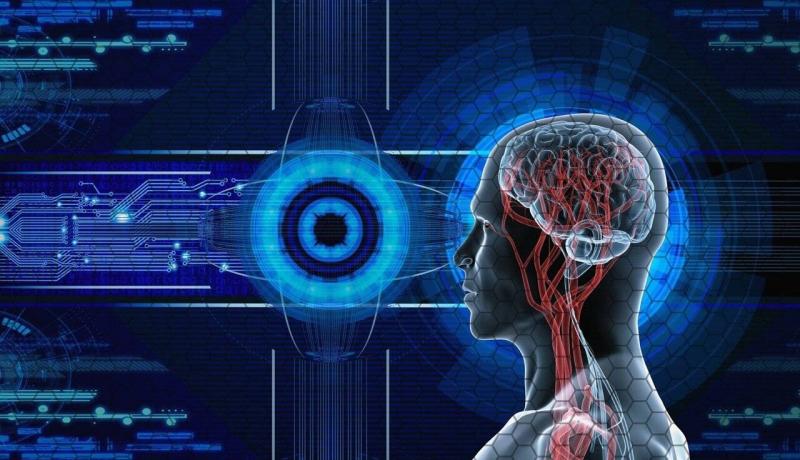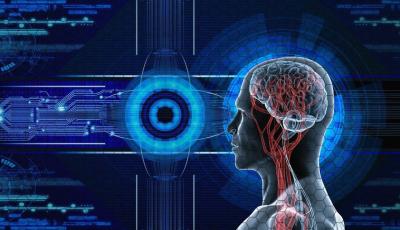Researchers at Tianjin University in China have developed a humanoid robot powered by human brain cells. It surpasses generative artificial intelligence in intelligence. The robot learns and adapts to its environment through electrical signals and sensory inputs, eliminating the need for pre-programmed instructions. Although this concept may initially seem like a sci-fi element, researchers believe that this robot containing human brain cells could pave the way for a hybrid intelligence between humans and robots.
According to New Atlas, this new super robot has been described as a "brain on a chip," utilizing stem cells that were originally intended to develop into human brain cells. These cells have been integrated with a computer chip through an electrode, allowing the robot to process information and perform various tasks. This setup enables the robot to encode and decode information, completing actions ranging from navigating obstacles to grasping objects.
This humanoid robot is said to be part of what researchers call "the world's first open-source intelligent complex information interaction system." Unlike typical robots that rely on pre-programmed instructions, this new human brain-powered robot uses its brain implants to learn and adapt to its environment. Despite lacking traditional visual capabilities, it responds to electrical signals and sensory inputs, guiding its movements and actions.
Human brain cells help the robot avoid obstacles, track targets, and manage its arm movements to grasp objects, functioning solely through electrical signals and sensory inputs. Researchers indicate that this new development represents more than just a new integration of biology and technology; it signifies a leap in computational intelligence. While artificial intelligence systems rely on algorithms and data processing abilities, they still lag behind the learning speed and intuitive capabilities of human brain cells.
However, biocomputers possess the ability to learn rapidly while using minimal energy, demonstrating the efficiency of biological systems and their adaptability. A recent report from New Atlas discussed a similar project known as DishBrain at Monash University in Australia, noting that human neurons can learn tasks much faster than artificial intelligence. Researchers cultivated about 800,000 brain cells on a chip, placed them in a simulated environment, and observed the robot learning to play ping pong in roughly five minutes. The project soon received funding from the Australian Army and evolved into a company called Cortical Labs.
In a statement to New Atlas, Brett Kagan, Chief Scientific Officer at Cortical Labs, revealed that although the robot containing human brain cells is still in its early stages, human brain-enhanced biocomputers learn faster and require much less energy compared to artificial intelligence machines, offering "more intuition, insight, and creativity."
Researchers believe that advancements in developing humanoids with human brain cells could lead to significant progress in medical science, particularly in treating neurological conditions. One promising application is repairing damage to the human cerebral cortex. By replacing lost neurons and rebuilding neural circuits, doctors might be able to perform brain organ transplants to restore brain functions in patients with neural damage.
However, despite the promising outlook, this technology raises important ethical questions. As the integration of human brain cells into robots advances, the line between biological intelligence and artificial intelligence continues to blur. Ensuring ethical development and use of these technologies will be a crucial consideration for the scientific community. Additionally, according to Brett Kagan, another downside of these machines is that the brain cell-lined devices require maintenance, such as feeding, watering, controlling their temperature, and protecting them from germs and viruses.




